
Case Study: Pagubice
The community of Cerovlje is situated in the rural and continental part of the largest Adriatic peninsula Istria (Croatia). The settlement Pagubice has about 80 inhabitants and a small number of cattle.
This settlement has a recent water supply, all houses have sanitary devices and a partial sewer system is already present. The wastewater is discharged in ground and surface water, which causes local pollution and discomfort. Together with rain, raw wastewater ends in a nearby lake, lake Butoniga, that acts as a reservoir for drinking water which affects a broader area.
In consultation with local authorities a conceptual design was made, a constructed wetland to treat sewage with an equivalent of 35 p.e..
This settlement has a recent water supply, all houses have sanitary devices and a partial sewer system is already present. The wastewater is discharged in ground and surface water, which causes local pollution and discomfort. Together with rain, raw wastewater ends in a nearby lake, lake Butoniga, that acts as a reservoir for drinking water which affects a broader area.
In consultation with local authorities a conceptual design was made, a constructed wetland to treat sewage with an equivalent of 35 p.e..
Main Characteristics
Hybrid System: Vertical Subsurface Flow CW and Horizontal Subsurface Flow CW |
|
|
Design basis
|
35 p.e.
|
|
Type of Wastewater
|
Sewage, domestic wastewater
|
|
Hydraulic Loading
|
5.25 m≥/day
|
Pretreatment: Septic Tank |
|
|
Effective volume
|
21 m≥
|
|
Residence Time
|
4 days
|
|
Layout
|
2 compartments + pumping chamber
|
Vertical Subsurface Flow Constructed Wetland (VSSF) |
|
|
Surface Area
|
70 m≤
|
|
Length x Width
|
7 m x 10 m
|
|
Depth
|
1.20 m
|
|
Filtration Materials
|
Gravel 4/14 (Inlet gravel 8/32, outlet gravel 8/32)
|
|
Vegetation
|
Phragmites australis
|
Horizontal Subsurface Flow Constructed Wetland (HSSF) |
|
|
Surface Area
|
80 m≤
|
|
Length x Width
|
10.6 m x 7.5 m (surface)
|
|
Depth
|
0.75 m (mean value, slope 0.94%)
|
|
Filtration Materials
|
Gravel 4/14 (Inlet gravel 8/32, outlet gravel 8/32)
|
|
Vegetation
|
Phragmites australis or Carex sp.
|
|
|
|
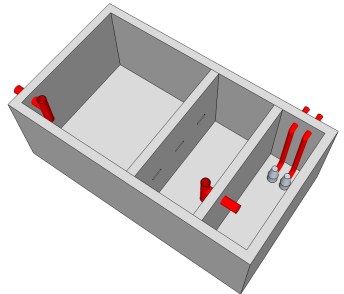
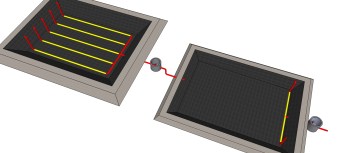
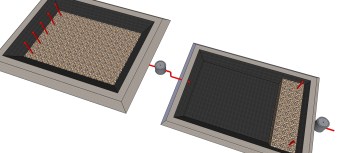
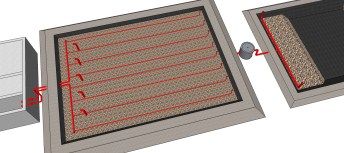
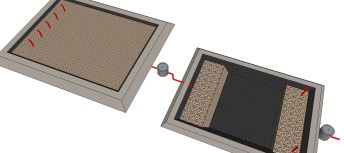
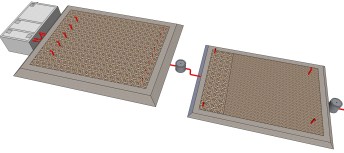



Rietvelden









